Protect Our Glaciers Preserve Our Future
Join us in raising awareness and taking action against climate change's impact on glaciers.
Our Mission
At Save the Glaciers, we believe that protecting the world’s ice reserves is critical to safeguarding our water, climate, and biodiversity. Our mission is to preserve Himalayan glaciers and other vital ice formations threatened by climate change, pollution, and unsustainable development.
Through awareness campaigns, scientific partnerships, and youth-led action, we inspire communities to take steps that reduce carbon emissions, conserve water, and protect fragile mountain ecosystems. Whether you’re a student, a teacher, a volunteer, or a traveler who loves the mountains, your choices can help slow the melt.
Together, let’s turn awareness into preservation.


Inspiring and impactful initiative!
John D.
"
Our Vision
We envision a future where glaciers remain untouched, sustaining life and climate balance for generations to come. Through our initiative, we strive to raise awareness of the critical role glaciers play and to empower communities, especially the youth, to take action against climate change and environmental degradation.
Our mission goes beyond documenting glacier loss. It’s about advocating for sustainable living, reducing carbon emissions, supporting research, and protecting mountain ecosystems that millions depend on for fresh water. Every choice matters. Every step counts. Together, we can preserve the ice that sustains life.
Join us in protecting glaciers for future generations.


The Impact of Human Choices on Glaciers
Every action we take, from the energy we use to the resources we consume, affects the world’s glaciers. Watch how mindful choices slow the melt, while careless ones accelerate it, putting entire ecosystems and communities at risk.


The Future We’re Working Toward
This video offers a glimpse into a world where glaciers stand strong, sustaining rivers, regulating climate, and supporting life. Through awareness campaigns, sustainable living practices, climate advocacy, and youth-led conservation projects, we work to protect these frozen reservoirs. This is the change we are striving for: a future where glaciers remain a source of life, not a story of loss.
Glacier Loss: The Silent Emergency
This video shows the rapid disappearance of ice that has existed for thousands of years, now melting in just decades. Behind these scenes are rising global temperatures, unchecked carbon emissions, and industries prioritizing short-term gain over long-term stability. Glacier loss is not just about melting ice — it’s about vanishing water supplies, rising seas, and disrupted weather patterns. Protecting glaciers means safeguarding the very systems that keep our planet livable.
When Glaciers Melt, Water Security Fades
This video captures the alarming retreat of a once-majestic glacier, its ice vanishing at unprecedented rates due to climate change and environmental neglect. Across the globe, glaciers are shrinking faster than ever, often worsened by industrial activities, pollution, and global warming driven by fossil fuels. When the ice disappears, so does a vital source of freshwater for millions. What you see here is not just a natural cycle — it’s the result of human choices that destabilize our planet’s delicate climate balance.






Why It Matters
Glaciers store about 69% of the world’s freshwater.
Their melt feeds rivers that supply drinking water, agriculture, and energy for millions.
Rapid ice loss raises sea levels, threatening coastal communities and ecosystems.
Without strong climate action, many glaciers could vanish completely by the end of this century.
Losing glaciers destabilizes climate and disrupts life for countless species, including humans.
What We’re Up Against
Worldwide, glaciers are losing over 270 billion metric tons of ice every year, driven primarily by rising global temperatures. That’s the equivalent of about 10 Olympic-size swimming pools of ice melting every second. While some regions see small gains due to snowfall, the overall loss far outweighs any recovery. The melt rate has more than doubled in the past two decades.
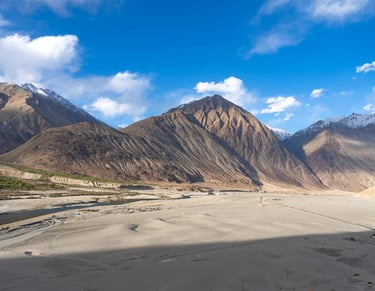

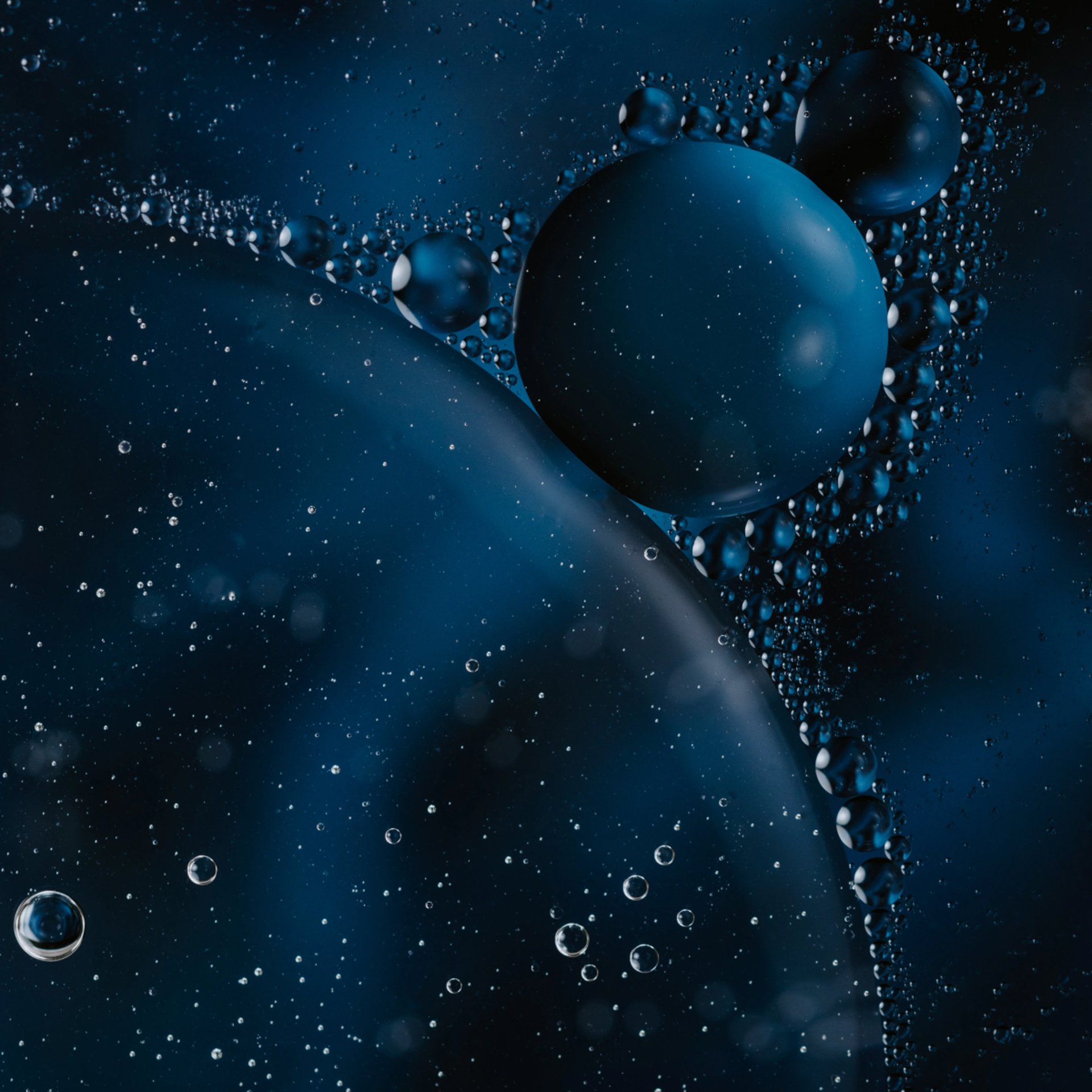
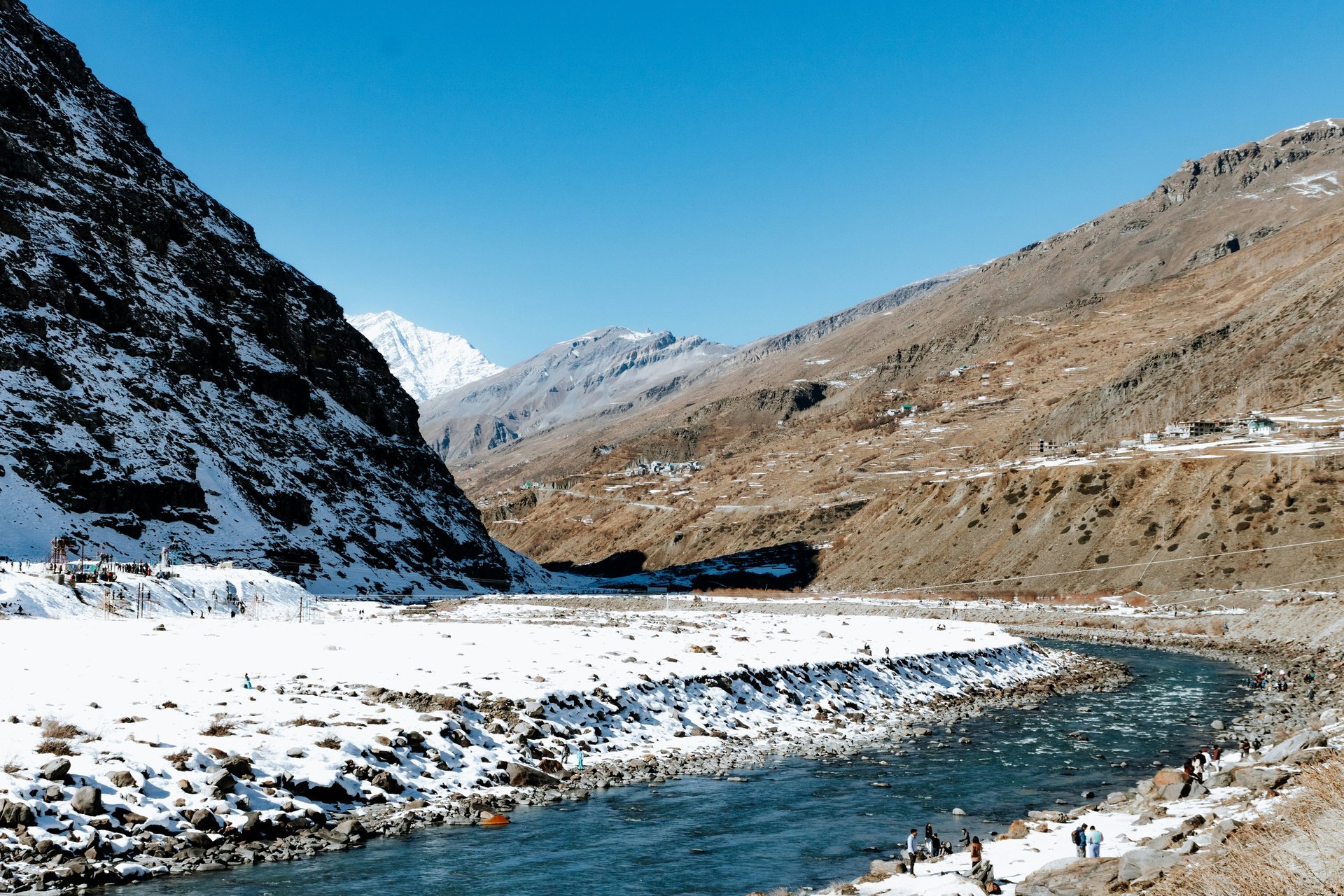
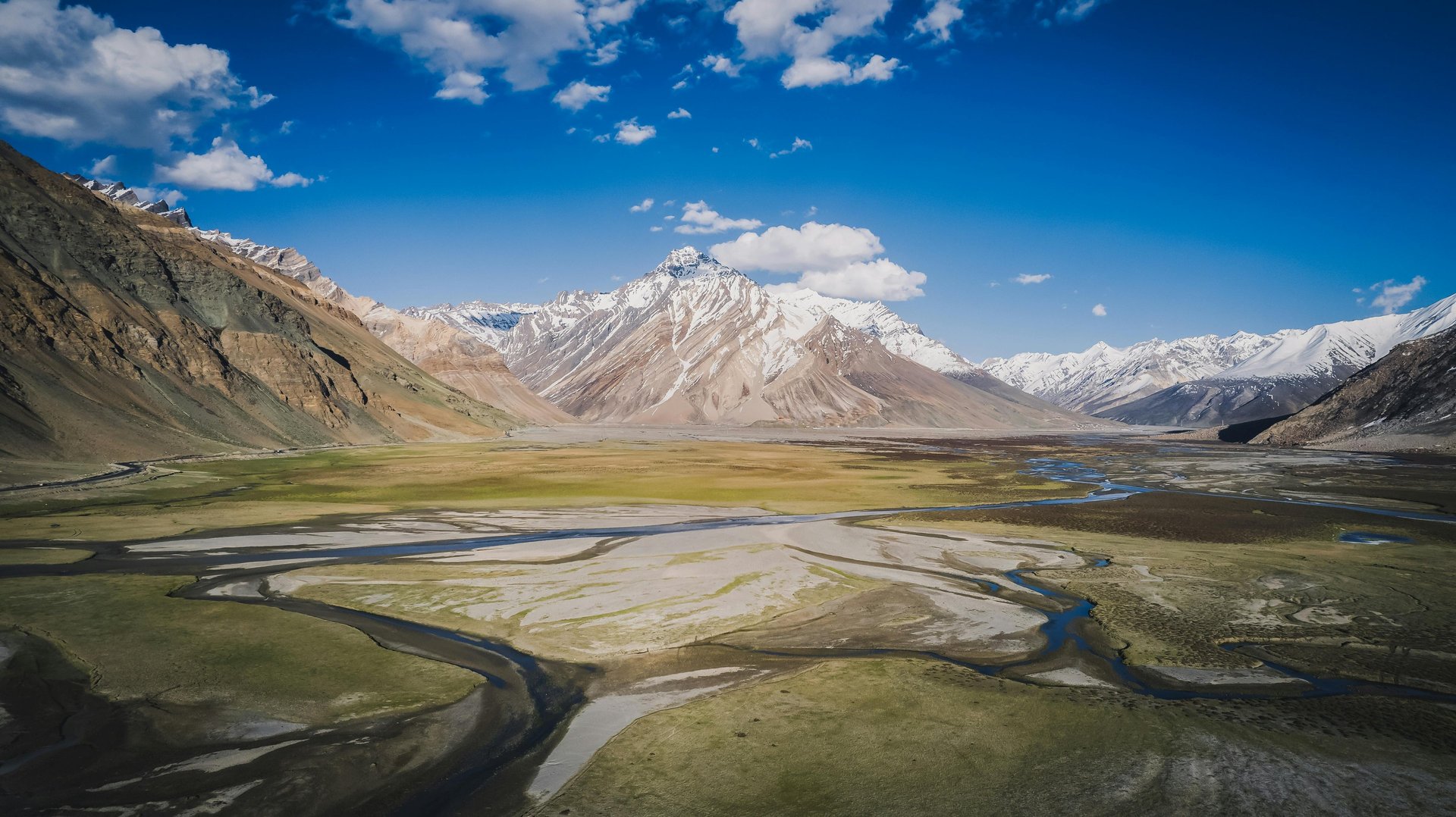
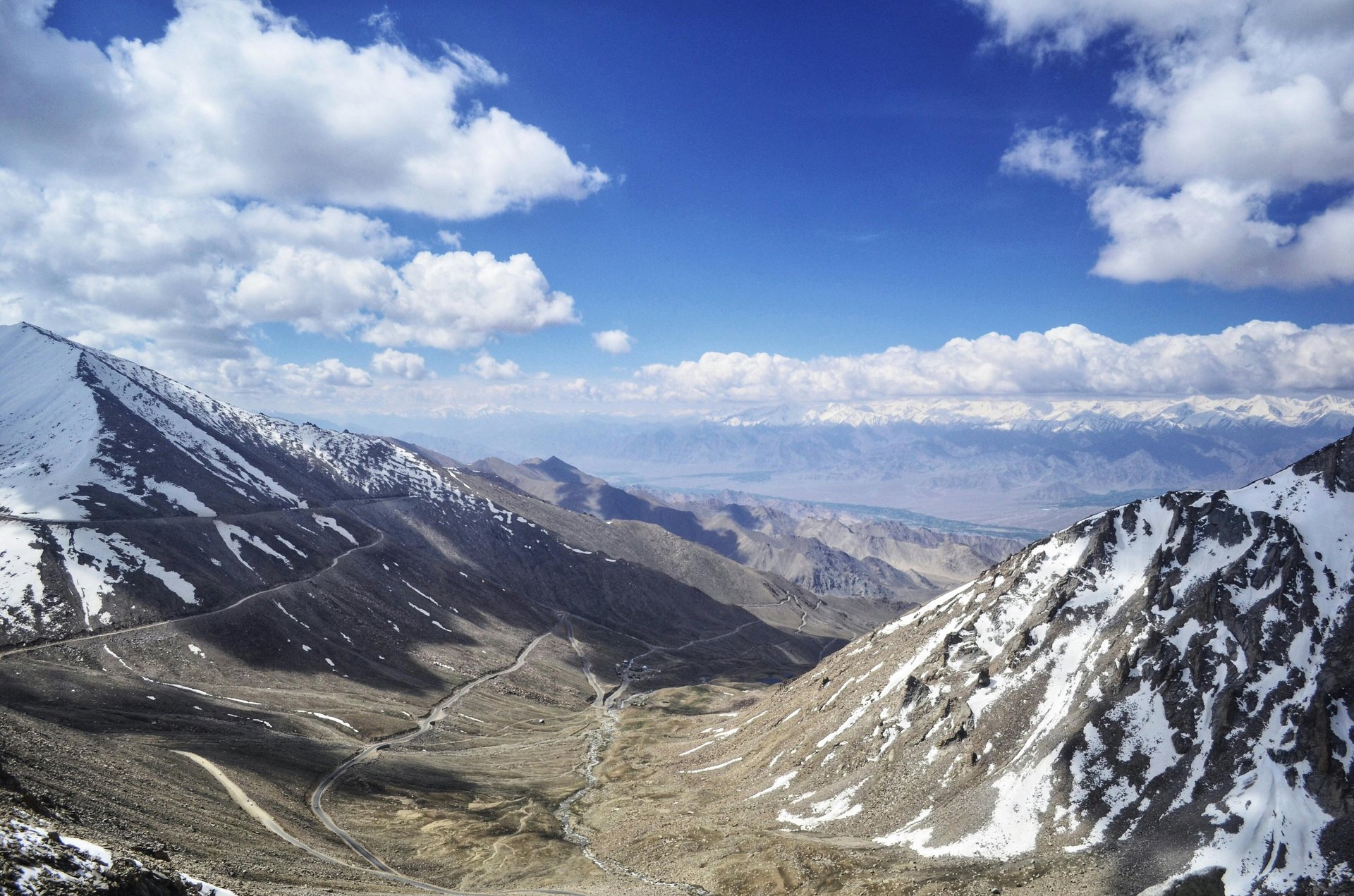

contact
other campaigns
9001348174, 9001378374
© 2025. All rights reserved.


An initiative by
